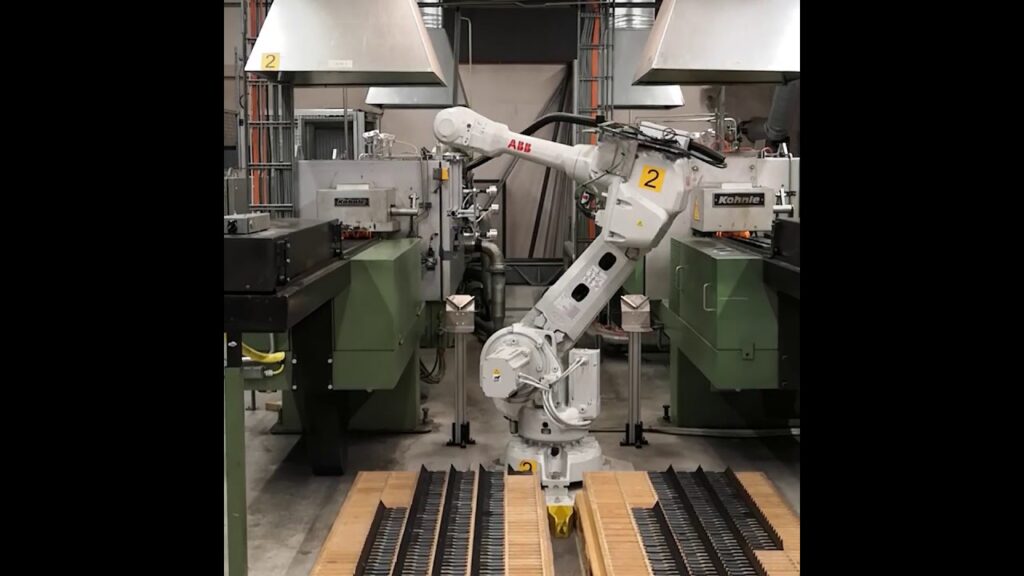It has become increasingly common to see robots being used in various industries for repetitive tasks. With advancements in technology, industrial robots have become an integral part of manufacturing processes. These robots, designed to carry out specific tasks with precision and efficiency, have revolutionized the way factories operate.
At the forefront of this robotic revolution is ABB, a leading supplier of industrial robots. Their collaboration with manufacturing companies has resulted in the development of highly advanced and efficient systems that have transformed the production landscape. One such example is the HewSaw factory, where robots are employed in the hardening shop to streamline the manufacturing process.
Industrial robots have proven to be invaluable in handling repetitive tasks in the manufacturing industry. Their ability to work tirelessly and accurately for extended periods has significantly increased productivity and reduced the risk of human error. In the case of the HewSaw factory, ABB’s robots have played a crucial role in automating the hardening shop.
In a typical manufacturing process, hardening is an essential step that involves making the manufactured products more durable and resistant to wear and tear. It requires precise control of temperature, time, and other variables to achieve the desired results. Previously, this process was primarily carried out manually, which was time-consuming and prone to errors.
However, with the implementation of industrial robots in the hardening shop, the entire process has been revolutionized. ABB’s robots are equipped with advanced sensors and programming capabilities, allowing them to carry out the hardening process with unparalleled precision. They can maintain consistent temperatures, apply coatings evenly, and monitor the progress in real-time, ensuring high-quality results every time.
The use of industrial robots in the hardening shop has not only improved the accuracy and efficiency of the process but also enhanced the overall safety in the factory. By automating repetitive and potentially hazardous tasks, such as working with high temperatures and toxic substances, robots have minimized the risk of accidents and injuries to human workers.
In addition to their technical capabilities, ABB’s robots also offer great flexibility in terms of adaptability and scalability. They can be easily programmed to accommodate changes in production requirements, enabling manufacturers to rapidly adjust their processes according to market demands. This flexibility is particularly valuable in today’s fast-paced and ever-changing manufacturing landscape.
It is important to note that the integration of robots into manufacturing processes does not necessarily replace human workers. Instead, it allows them to focus on more complex and creative tasks that require cognitive abilities. The collaboration between humans and robots in the manufacturing industry has created a synergy that maximizes productivity and efficiency.
Looking ahead, the future of industrial robots in manufacturing appears promising. With ongoing advancements in technology, we can expect even more sophisticated and capable robots to emerge. These robots will continue to revolutionize the manufacturing industry, ensuring consistent quality, improved efficiency, and increased safety.
In conclusion, the use of industrial robots in manufacturing, as exemplified by ABB’s collaboration with the HewSaw factory, has significantly transformed the production landscape. These robots have revolutionized the hardening shop, automating repetitive tasks and enhancing precision, efficiency, and safety. As technology continues to evolve, we can look forward to a future where industrial robots play an even more significant role in manufacturing processes.
Industrial Robot
“Efficient Industrial Robots Imparting Strength and Precision: Witness Hardening Shop’s Robotic Transformation in Manufacturing”


